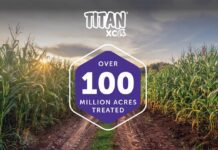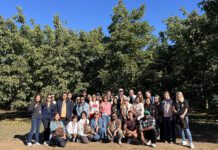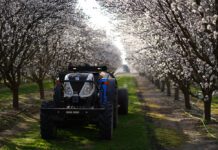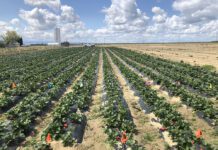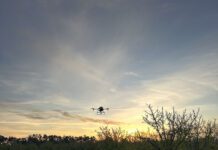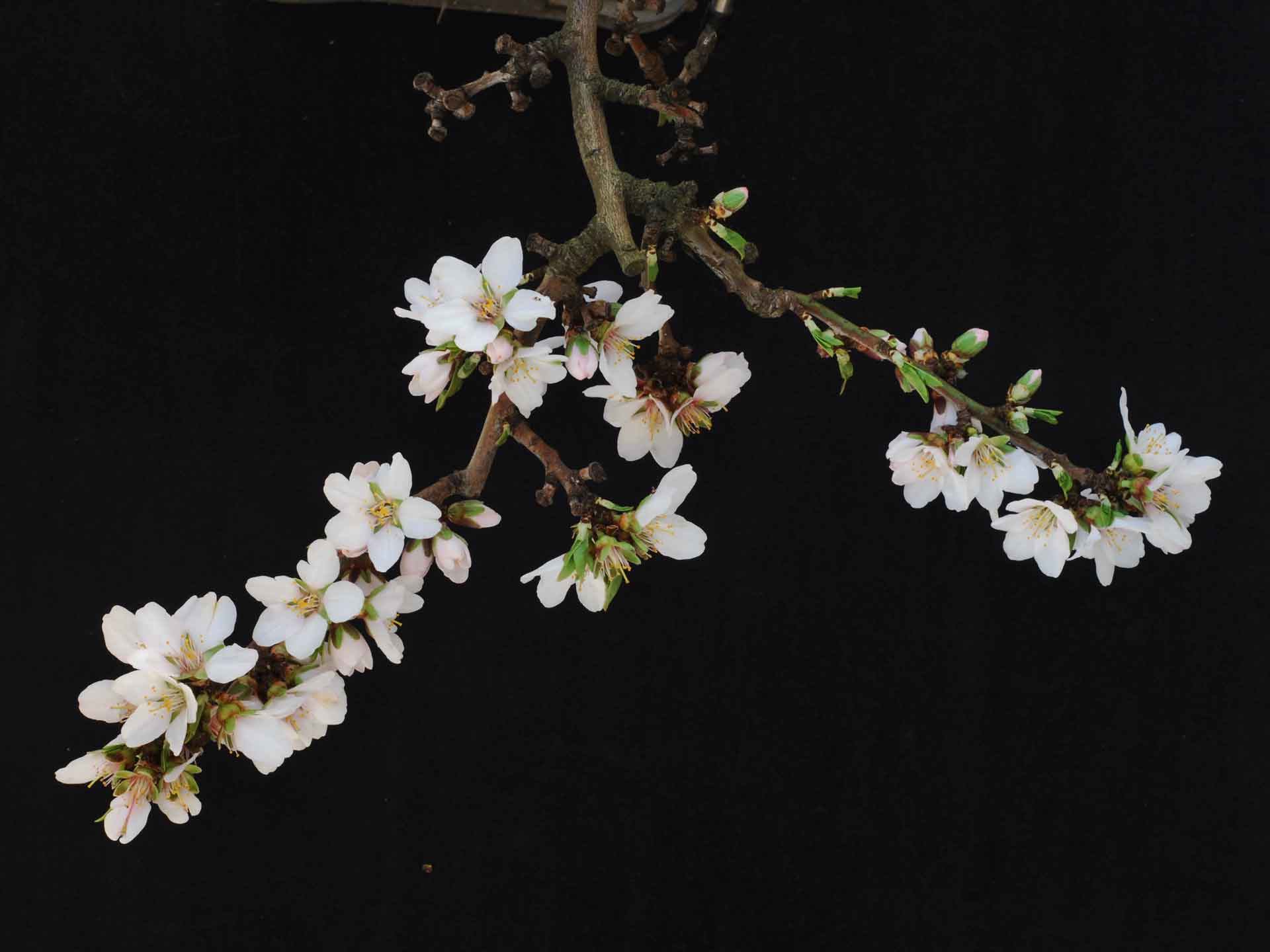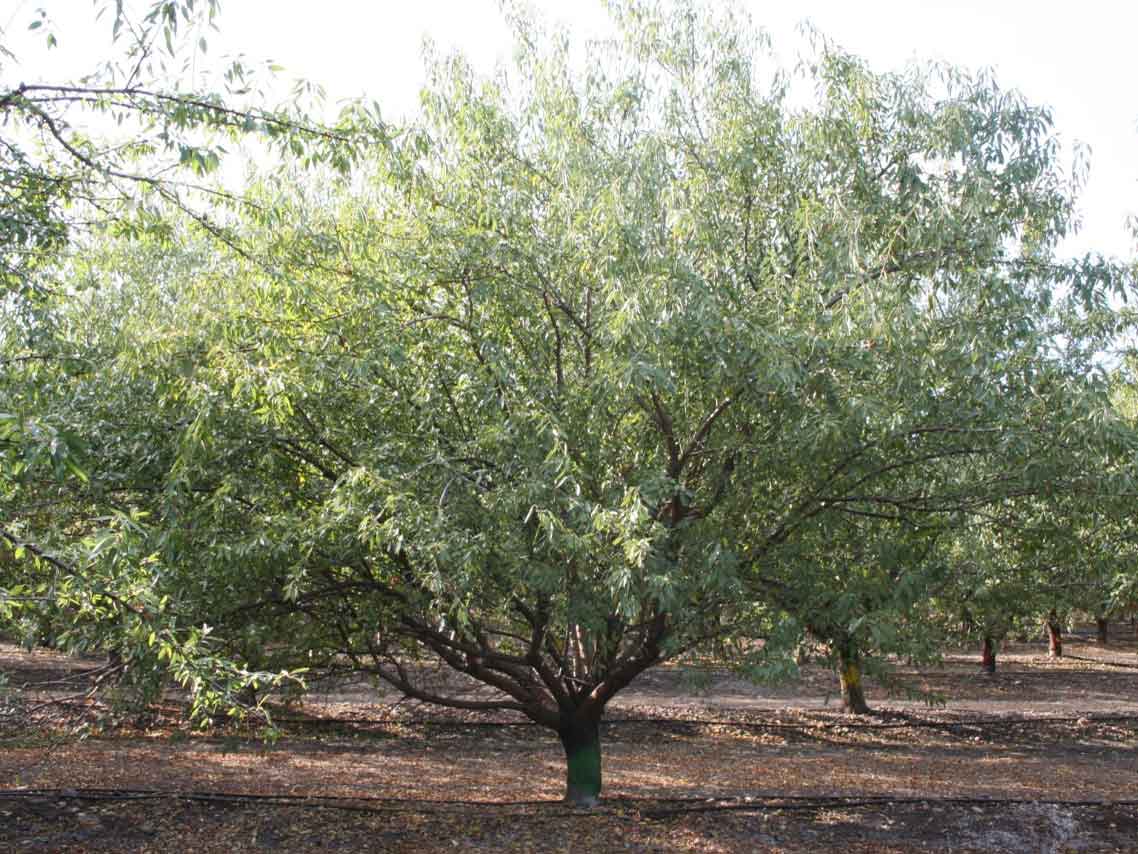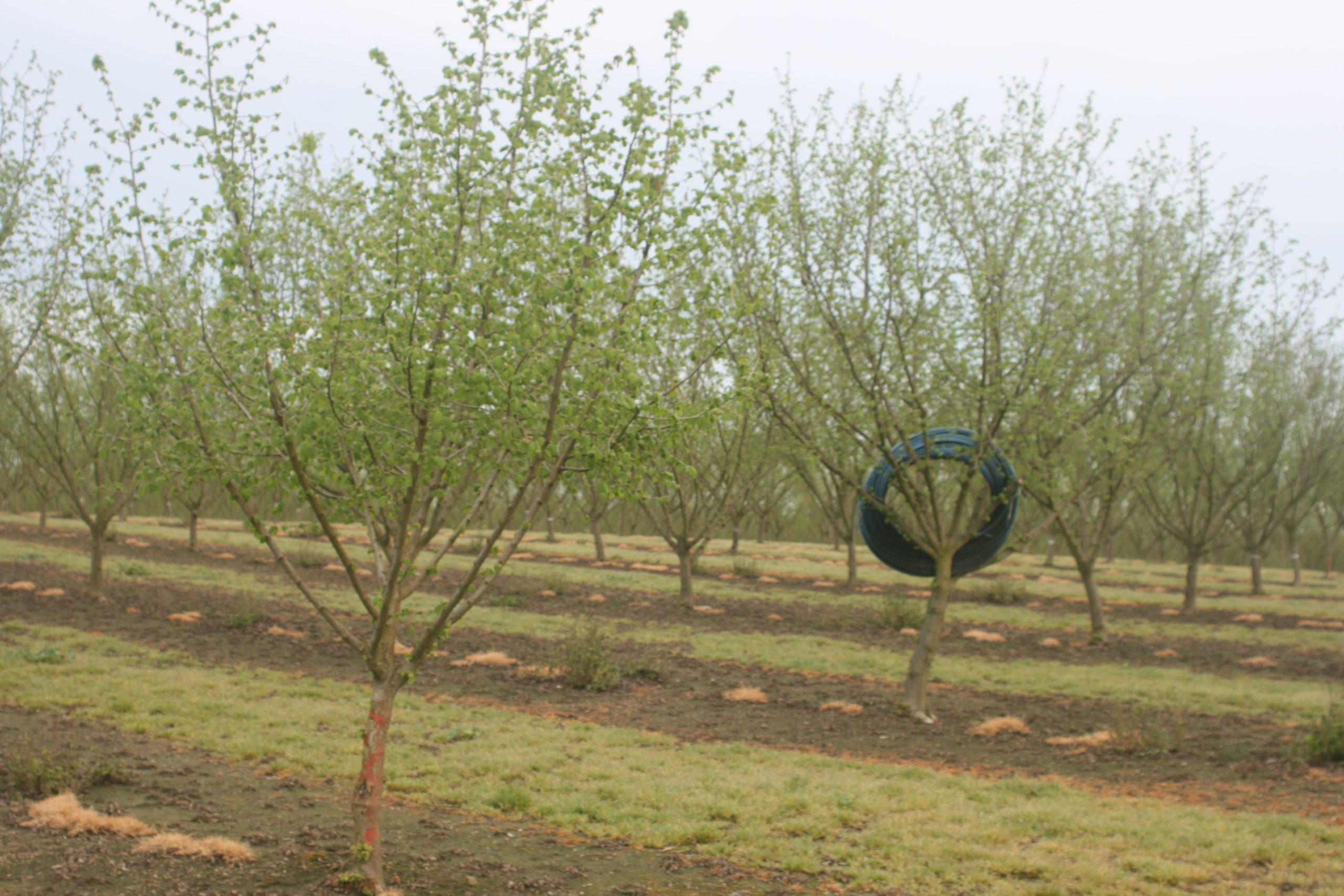
Monitoring orchard soil health and moisture is a routine in tree nut orchards that directs inputs to minimize costs and ensure good yields and healthy trees.
New technology is taking that routine to a new level by providing many more meaningful and detailed measurements in the field to enable improved management and profits.
UC Davis plant science professor Patrick H. Brown said, “Measurements and knowing the soil variability across an orchard matters because most orchards have more potential than realized.”
Brown said there is a need to measure crop variability in a field and understand the cause. Growers and managers also need to decide if managing variability is practical for their operation and if return on investment is likely.
Precision management utilizes field mapping and uses the information for input decisions. Aerial imagery and soil sampling can provide some data, but not the entire picture.
Taking the next step in measuring variability is Davis-based LandScan. This unique technology creates a digital twin of the orchard, offering a new way of optimizing operations.
LandScan has developed proprietary sensing systems for the orchard canopy, microbiome and soil. Growers can use that information to run “what if” scenarios for the precision application of nutrients, soil amendments and water.
“We are the first in the world to do subsurface remote sensing,” LandScan CEO Dan Rooney said. “We are discovering new things about the soil.”
Measurements of nutrients and moisture in the soil are typically done by taking soil and leaf samples, having them analyzed in a laboratory and then making applications where there are deficiencies or changing irrigation scheduling. This new technology removes conventional laboratory analysis, replacing it with a more precise picture of soil variability across an orchard.
Plant nutritionist and physiologist Patrick H. Brown at UC Davis said the “digital twin” of an orchard block provides detailed information on nutrient levels and water, allowing growers or managers to more closely manage inputs and avoid overapplications of water and nutrients. The predictive power enables long-range management decisions in nutrition and irrigation.
Brown, who is one of several science advisors to LandScan, explained the layers involved with this new precision tool. The first, aerial imagery, offers growers insight into the current health, nutrition and water status of their orchard, pinpointing variability across the orchard. The unique aerial imagery done by LandScan adds information on tree physiology, including leaf color, canopy volume and density. The data is analyzed from the drone to create the Digital Vegetation Signature™ (DVS). The DVS data is used to guide the placement of soil observations using the Digital Soil Core™ (DSC). The unique aspect of this technology is the combination of aerial imagery and digital soil information to provide insight into all aspects of orchard behavior.
“With the DSC, there is no need to remove soil from the field or to send it to a lab where it is dried, ground and analyzed for nutrient levels. Taking soil cores changes the soil, mixes layers,” Brown said, “and due to costs, only one or two samples are taken from an orchard.”
The DSC can be used across an orchard to determine how and when nutrients should be applied and where to make changes in irrigation. The DSC combines seven different sensors and takes about 60 seconds to take continuous measurements of the soil profile to below the root zone to a depth of four feet before moving to another location.
“Yes, traditional soil sampling can be valuable, but it suffers from being too expensive and error-prone to take sufficient samples and hence does not reflect the reality of the field. This new approach allows for more informed decisions,” Brown said.
“Yields are not the same across an entire orchard,” Rooney said. “You may be getting 3,000 lbs per acre on average, but your yield likely varies from about 1,500 to 4,500 lbs per acre across the field. The goal is to use the DVS and DSC together to find out where your yield is 2,000 lbs and figure out what, if anything, can be practically and economically done from a management perspective to improve that part of the field to 3,000 lbs and so on.”
The Process of Creating a Digital Twin
Rooney explained the process of creating a digital twin for agriculture starts with using satellite data for individual blocks of land from 2017 about every five days forward. LandScan creates the digital twin using the company’s DVS and DSC. This data goes into the Root Cause Analytics™ software. RCA utilizes specialized analysis tools to accurately represent both the crop and its soil environment and how they interact with each other in a way that has not previously been possible.
Creating the digital twin of a field goes beyond traditional mapping, which shows the variability of the field. Rooney said the digital twins build interactive models that mirror real-time changes and interactions in the orchard. The multiple and unique sources of data allow models to track every change, from nutrient levels in the soil to crop water needs. Growers and managers can see both the current conditions and possible scenarios in the future and make management decisions. Rooney said the interactive part allows growers and agronomists to input different scenarios to see the possible outcomes.
A powerful new set of insights is enabled by the digital twin by running a G.E.M. analysis, which is used to create a field’s crop performance-limiting factors. This long-standing principle states crop performance is driven by three factors: crop (g)enetics, growing (e)nvironment, and (m)anagement practices. The digital twin can use this principle to determine how management can be practically and economically adapted to improve yield, limit input costs and maximize environmental sustainability. For example, two parts of a field may have water stress that is limiting yield, but only the digital twin can inform the manager that more water will improve yield in one location but not the other because something else is limiting yield there, such as pH, salts, root penetration, etc. Similarly, trees in a portion of a field may have low potassium, but only the digital twin can inform the manager that low pH in the root zone below a foot deep, which is not practically improvable, means that adding more potassium will not get into the trees. These types of unique information combinations go directly into modern variable rate equipment that can take advantage of this intelligence, save the grower money, increase yield and improve sustainability at the same time. Return on investment in most cases is immediate based on input optimization alone.
Identifying the variability across a field matters from an environmental and economic standpoint. In his presentation at the Pistachio Conference in February, Brown noted when it comes to variability, our production systems have more potential than is being realized.
“We cannot continue to manage inputs to meet the field average since that induces wastage and pollution,” Brown said.
Managing to meet field average will underfeed the top-performing trees, he continued, but if the top performers are fed to their needs, the rest of the trees will be overfed. The excess fertilizer will mean potential nitrate leaching and nitrous oxide loss.
“Technological solutions to meet the challenges of field variability exist, but to be impactful they must be efficient, effective, and easy. And they must be adopted.”

Cecilia Parsons
Cecilia Parsons has lived in the Central Valley community of Ducor since 1976, covering agriculture for numerous agricultural publications over the years. She has found and nurtured many wonderful and helpful contacts in the ag community, including the UCCE advisors, allowing for news coverage that focuses on the basics of food production.
She is always on the search for new ag topics that can help growers and processors in the San Joaquin Valley improve their bottom line.
In her free time, Cecilia rides her horse, Holly in ranch versatility shows and raises registered Shetland sheep which she exhibits at county and state fairs during the summer.





